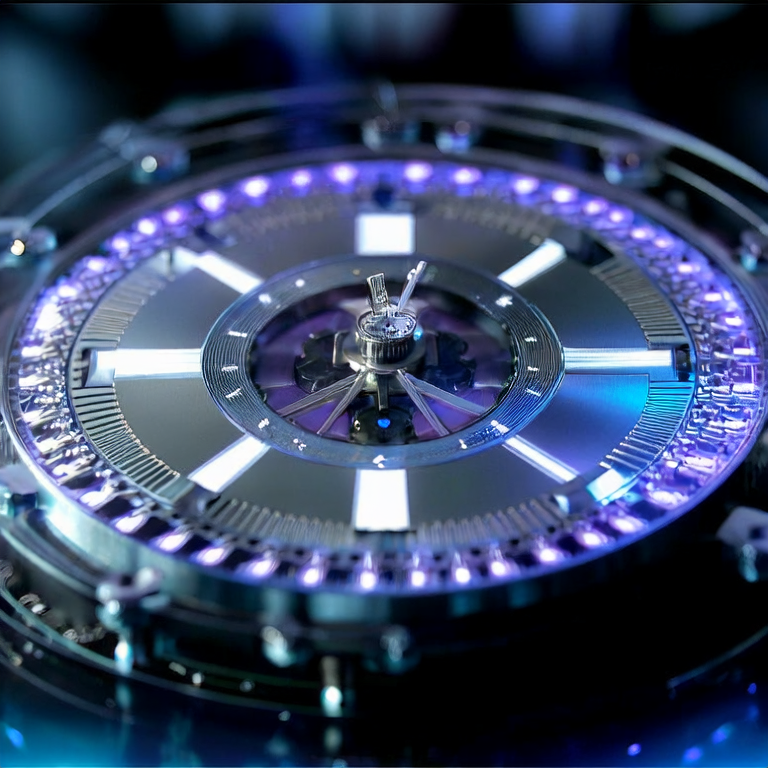
 EN
EN
In the world of precision timekeeping, ultra-low phase noise is a critical factor that significantly impacts the performance of high-end clocks. These advanced devices must maintain precision, stability, and reliability to cater to the needs of various industries, including telecommunications, aerospace, and scientific research. This article explores the importance of ultra-low phase noise, its applications, and its measurement methods.
The phase noise performance of a clock impacts its capability to deliver accurate signals. Here are key points highlighting its importance:
High phase noise can distort signals, leading to reduced signal integrity. This is particularly crucial in high-frequency applications where precision is paramount.
In systems that depend on synchronization, excessive phase noise can introduce jitter, adversely affecting overall system performance.
Ultra-low phase noise is essential for maintaining frequency stability in time-critical applications, where even the slightest deviation can be detrimental.
Ultra-low phase noise clocks are instrumental in several fields:
In aerospace, high-precision timing is critical for navigation and communication systems, where even a minor timing error can lead to mission failure.
Telecom networks require precise timing to synchronize data transmission, making ultra-low phase noise clocks indispensable for maintaining signal fidelity.
In research laboratories, ultra-low phase noise is crucial for experiments that demand high exactitude in measurements, particularly in quantum physics.
Measuring phase noise involves precise techniques and methodologies:
Phase noise analyzers measure the phase fluctuations of a signal, providing crucial data for determining performance in terms of dBc/Hz at specific offsets (varying frequencies).
Time-domain techniques capture phase noise characteristics by analyzing timing variations over a specific time period.
Fast Fourier Transform (FFT) helps in converting time-domain noise into frequency-domain representation, revealing phase noise characteristics.
Below is a comparative analysis between high-end clocks featuring ultra-low phase noise and traditional clocks:
| Feature | Ultra-Low Phase Noise Clocks | Traditional Clocks |
|---|---|---|
| Phase Noise Level | Less than -150 dBc/Hz | -75 to -100 dBc/Hz |
| Applications | Aerospace, Telecom, Research | General Consumer Use |
| Price Point | Higher | Lower |
| Performance Consistency | High | Variable |
Understanding the importance of ultra-low phase noise in high-end clocks is essential for industries that rely on accurate timing. As demands for precision increase, so does the need for advanced clocks capable of delivering the required performance. Investing in ultra-low phase noise technology ensures enhanced signal integrity, stability, and reliability across various applications.
At California Triangle, we specialize in creating such advanced timekeeping solutions designed for cutting-edge performance. Explore our offerings to find the right atomic clock for your demands.

Latest News